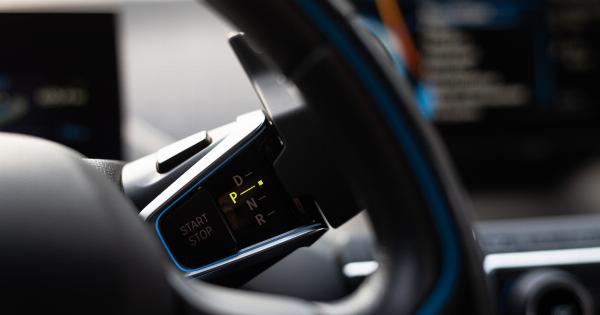Incontinence is a medical condition that affects millions of people worldwide. It is the inability to control one’s bladder or bowels, leading to involuntary leakage of urine or feces.
While it is often thought of as an elderly problem, incontinence can affect people of all ages and genders.
Types of Incontinence
There are several types of incontinence, including:.
: Stress Incontinence
Occurs when there is pressure on the bladder, such as during coughing or sneezing.
: Urge Incontinence
Occurs when there is a sudden, strong urge to urinate that cannot be controlled.
: Overflow Incontinence
Occurs when the bladder is unable to empty completely, leading to constant dribbling of urine.
: Mixed Incontinence
Occurs when there are symptoms of both stress and urge incontinence.
Causes of Incontinence
There are several factors that can contribute to or cause incontinence, including:.
: Age
Incontinence is more common in older individuals, as the muscles that control the bladder weaken over time.
: Pregnancy and childbirth
The added pressure on the bladder during pregnancy and childbirth can lead to weakened muscles and incontinence.
: Neurological disorders
Conditions such as multiple sclerosis, Parkinson’s disease, and spinal cord injuries can affect nerve signals to the bladder and cause incontinence.
: Prostate issues
In men, an enlarged prostate or prostate surgery can contribute to urinary incontinence.
: Medications
Certain medications, such as diuretics and muscle relaxants, can interfere with bladder function and cause incontinence.
Treatment Options
Treatment for incontinence will depend on the type and severity of the condition, as well as any underlying causes.
: Lifestyle changes
Simple changes such as reducing caffeine and alcohol intake, quitting smoking, and practicing pelvic floor exercises can help improve bladder control.
: Medications
There are several medications that can help improve bladder control, including anticholinergics and mirabegron.
: Surgery
In some cases, surgery may be required to correct underlying issues that are causing incontinence, such as an enlarged prostate or weakened pelvic muscles.
: Catheters
In some cases, the use of a catheter may be necessary to drain the bladder completely and prevent leakage.
Managing Incontinence
While incontinence can be a difficult condition to manage, there are several strategies that can help improve quality of life:.
: Protective products
Wearing protective pads or underwear can help manage leaks and prevent embarrassment.
: Bathroom schedule
Creating a consistent bathroom schedule can help prevent accidents and regulate bladder function.
: Support groups
Joining a support group or speaking with a mental health professional can help manage the emotional impact of incontinence.
: Assistive devices
Using assistive devices such as bedpans and urinals can help manage incontinence during times when access to a bathroom is limited.
Conclusion
Incontinence is a common condition that affects millions of people worldwide. While it can be a difficult condition to manage, there are several treatment options and lifestyle changes that can improve bladder control and quality of life.
If you are experiencing issues with urinary or fecal leakage, speak with your healthcare provider to determine the best course of action to manage your symptoms.



























